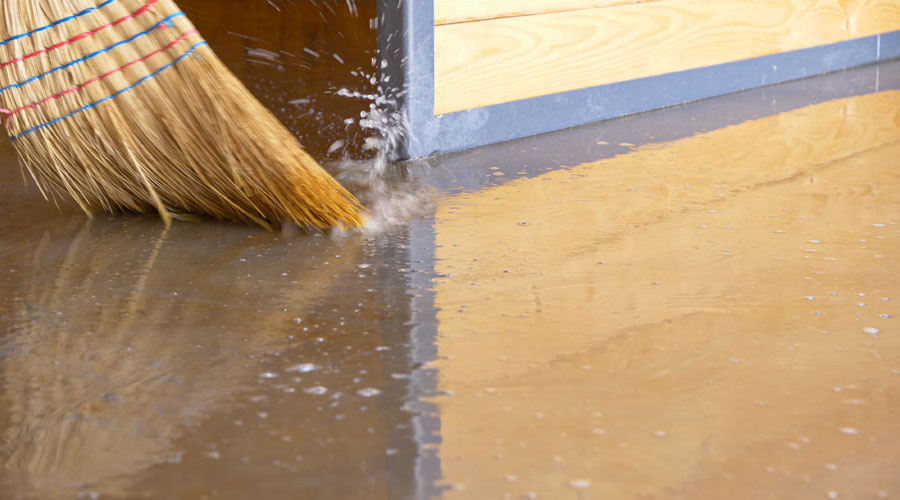Floods impact thousands of Canadian homeowners annually and inflict millions of dollars in property damage. Unfortunately, floods can happen anywhere, and many homeowners don’t realize that standard home insurance doesn’t cover floods. That’s why having adequate flood insurance coverage should be considered a top priority for anyone with a home.
However, even after securing the right flood insurance, navigating the claims process following an incident can be complicated. Following are general steps to consider when submitting a flood insurance claim.
How to File a Flood Insurance Claim
After a flood inflicts losses on you and your property, you should be prompt in beginning the claims process. Consider the following eight steps:
- Make contact. Reach out to your insurance broker as soon as possible following a flood to initiate your claim.
- Document losses. Take photos and videos of damaged items, including the structural elements of your home and possessions. Be sure to thoroughly document items that must be discarded. This evidence should include serial numbers of larger appliances and receipts for damaged items. Additionally, hold on to samples of carpeting, wallpaper, furniture and other materials damaged by floodwater.
- Discard flooded items that pose health risks. After documenting damaged items, discard those that might cause harm, such as perishable foods and soaked pillows. It’s crucial to take steps to limit mould growth.
- Prepare for inspection. After filing a claim, an adjuster will be assigned to your case. This party will make an appointment to inspect your property and losses.
- Meet with your adjuster. Upon arrival, verify your adjuster’s identity and qualifications and document their contact information. They should provide you with essential information on the claims process, discuss the specific details of your coverage and answer your questions.
- Seek repair estimates. When searching for assistance with repairs, such as your home’s electrical and plumbing systems, be sure to speak with your insurance representative before entering into a formal agreement. Additionally, verify that any contractors you work with are licensed, bonded, and insured.
- Await payout. Based on their findings, your insurance adjuster will make a recommendation regarding your claim. Scrutinize any offers to ensure estimates are accurate and complete.
- Contest decisions (if necessary). If your claim is denied or you disagree with the insurer’s offer, you should first work with them to attempt to find a solution. If unsuccessful, contact the Insurance Bureau of Canada, which may direct you to the General Insurance OmbudService to help resolve your complaint.
For More Information
The flood insurance claims process can be nuanced, complex and even confusing. However, by knowing what to expect ahead of time, you may be better equipped to handle the aftermath of potentially catastrophic losses with limited stress. For more information about this type of coverage or filing a claim against your policy, contact us at CMB Insurance Brokers today.

